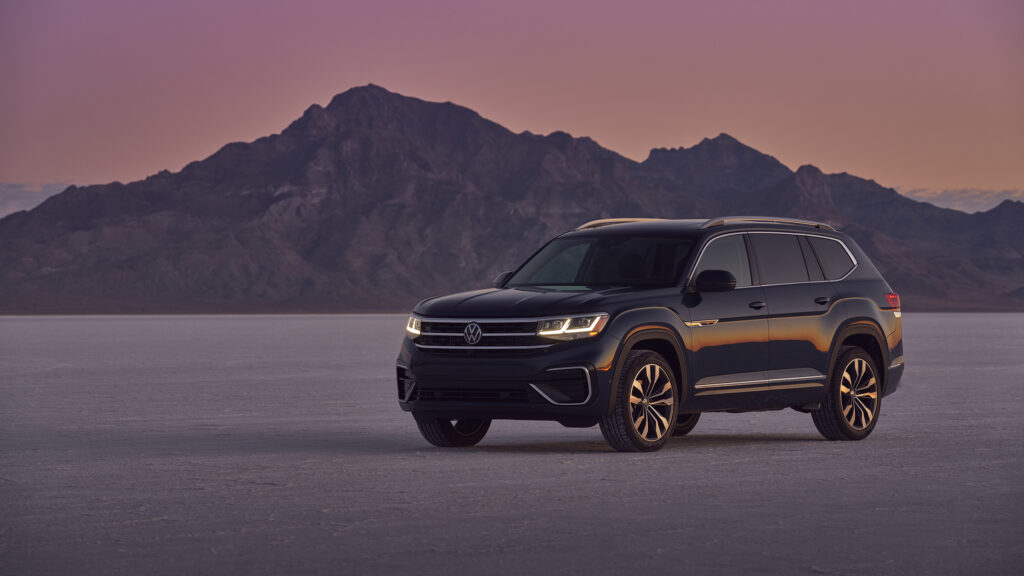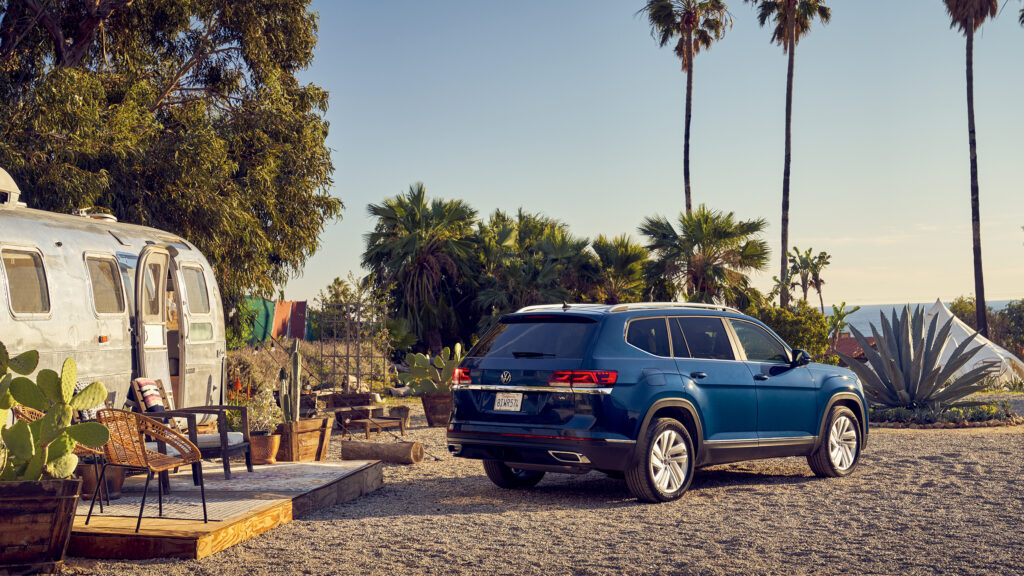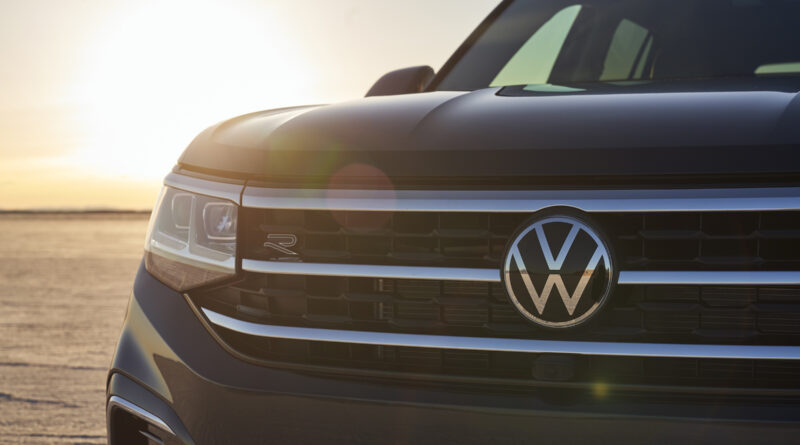Volkswagen ID.8 confirmed as large electric SUV flagship
The Volkswagen Group has confirmed a new entrant to its ID electric vehicle family – the Volkswagen ID.8.
The ID.8 will be a large SUV similar in size to the left-hand-drive-only Atlas SUV.
The ID.8 is slightly larger than the Touareg that is sold in Australia, however whereas the Touareg is limited to five seats, the Atlas accommodates up to seven people.
The announcement was made by Volkswagen Group boss Herbert Diess during a speech titled “New Auto” and outlining the company’s bold EV-focused strategy for the coming decade.
READ MORE: Electric Kombi? PHEV Multivan paves the way
READ MORE: ID.7 electric Kombi to top Volkswagen EV line-up in 2022
Diess said the “Volkswagen brand is driving electrification worldwide” with its Accelerate strategy.
“Volkswagen will be the market leader in EVs by 2025,” said Diess, referencing the imminent acceleration of the ID model rollout.
“With the complete ID family – the ID.3, ID.4, ID.5 and ID.6, as well as the iconic ID.Buzz – coming already next year, Volkswagen has been building up the most comprehensive EV product portfolio in the industry yet.

“All relevant global segments are already covered by specific EV offerings,” he said, adding that the role filled by the petrol-powered Atlas would be filled by the ID.8 in the future electric world.
No details on the ID.8’s exact dimensions or seating capacity, but considering it will be built from the ground up as an EV it will presumably have three rows of seats. It also looks set to sit above the ID.Buzz, which may wear the ID.7 nomenclature when it is unveiled in 2022 as modern EV successor to the legendary Kombi.
Volkswagen has already registered the ID.8 name in Australia and considering the numbers in the alpha-numeric naming strategy roughly equate to size, it looks set to become the largest in the growing ID family; Volkswagen has also registered the ID.9 name, at least covering itself for future growth.

Volkswagen Australia says the ID.8 would “of course” be of interest locally, although the brand is more focused on getting the ID.4 that is already available overseas sent Down Under.
“ID.8 you’d hope at some point would make it here, but it’s a long way down the track,” said Volkswagen Australia general manager communications Paul Pottinger.
“The perfect car to start the EV rollout in Australia is the ID.4. We are actively engaging, talking to the factory about the rollout,” said Pottinger, who added that the NSW government’s recently announced EV incentives strategy made those discussions a lot easier.
Key to the future model strategy was a new battery electric vehicle architecture Diess said would lead the industry.
“The platform approach will be key to success in the new technology world,” he said in the speech.
And they will be spread across all Volkswagen Group brands, from Skoda and Volkswagen through to Lamborghini, Bentley and Audi.
New platforms will “allow our brands to tailor unique customer experiences fast”.
Diess said there would be a single new EV architecture called “mechatronic” and to be used across all vehicles in future.
“The mechatronics platform, the next generation of our hardware platforms in the succession of [existing architectures] MQB, MLD, MEB and PPE, will allow us to reduce complexity over time as we will consolidate our existing platforms to one architecture for the entire e-product portfolio, from entry level to top of the range, from 85 to 850kW. Our super platform.

“It will be 100 percent electric and ready for autonomous driving, available for all models and brands, allowing to address all segments and allow for excellent differentiation for our brands.”
Diess said Volkswagen was investing 800 million Euros ($1.3 billion) in a new research and development facility at Wolfsburg to help develop the platform.
He also said Volkswagen would take the lead on developing future batteries.
“Volkswagen will be one of the biggest battery users globally. That is why we are working on our own cell format across all brands, which we will start rolling out in 2023.
“By 2030 it will cover 80 percent of our electric volume.”




